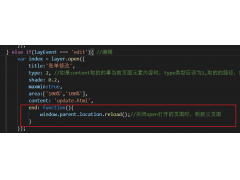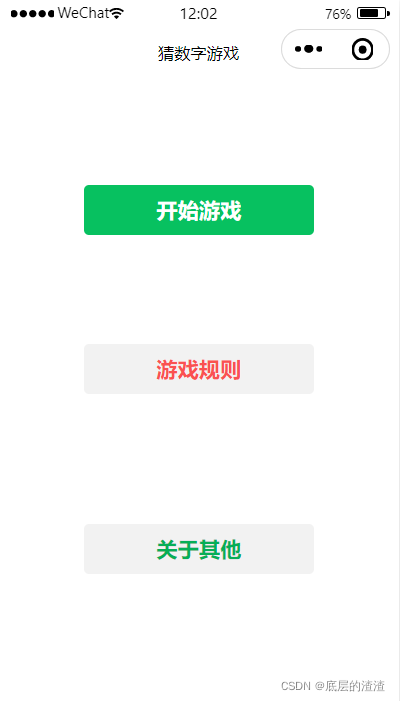Converting Observable notebook code to plain Javascript(将可观察到的笔记本代码转换为纯Javascript)
本文介绍了将可观察到的笔记本代码转换为纯Javascript的处理方法,对大家解决问题具有一定的参考价值,需要的朋友们下面随着小编来一起学习吧!
问题描述
我正在尝试将可观察到的笔记本从下面的链接转换为纯Javascript。
https://observablehq.com/@d3/contours
有没有办法做到这一点
推荐答案
这里:
const width = 600;
const height = 600;
const value = (x, y) => (1 + (x + y + 1) ** 2 * (19 - 14 * x + 3 * x ** 2 - 14 * y + 6 * x * y + 3 * y ** 2)) * (30 + (2 * x - 3 * y) ** 2 * (18 - 32 * x + 12 * x * x + 48 * y - 36 * x * y + 27 * y ** 2));
const x = d3.scaleLinear([-2, 2], [0, width + 28])
const y = d3.scaleLinear([-2, 1], [height, 0])
const getGrid = () => {
const q = 4; // The level of detail, e.g., sample every 4 pixels in x and y.
const x0 = -q / 2, x1 = width + 28 + q;
const y0 = -q / 2, y1 = height + q;
const n = Math.ceil((x1 - x0) / q);
const m = Math.ceil((y1 - y0) / q);
const grid = new Array(n * m);
for (let j = 0; j < m; ++j) {
for (let i = 0; i < n; ++i) {
grid[j * n + i] = value(x.invert(i * q + x0), y.invert(j * q + y0));
}
}
grid.x = -q;
grid.y = -q;
grid.k = q;
grid.n = n;
grid.m = m;
return grid;
};
const grid = getGrid();
const chart = () => {
const svg = d3.select("svg")
.attr("viewBox", [0, 0, width + 28, height]);
svg.append("g")
.attr("fill", "none")
.attr("stroke", "#fff")
.attr("stroke-opacity", 0.5)
.selectAll("path")
.data(contours)
.join("path")
.attr("fill", d => color(d.value))
.attr("d", d3.geoPath());
svg.append("g")
.call(xAxis);
svg.append("g")
.call(yAxis);
return svg.node();
}
const thresholds = d3.range(1, 20).map(i => Math.pow(2, i));
const color = d3.scaleSequentialLog(d3.extent(thresholds), d3.interpolateMagma);
const transform = ({type, value, coordinates}) => {
return {type, value, coordinates: coordinates.map(rings => {
return rings.map(points => {
return points.map(([x, y]) => ([
grid.x + grid.k * x,
grid.y + grid.k * y
]));
});
})};
}
const contours = d3.contours()
.size([grid.n, grid.m])
.thresholds(thresholds)
(grid)
.map(transform)
const xAxis = g => g
.attr("transform", `translate(0,${height})`)
.call(d3.axisTop(x).ticks(width / height * 10))
.call(g => g.select(".domain").remove())
.call(g => g.selectAll(".tick").filter(d => x.domain().includes(d)).remove())
const yAxis = g => g
.attr("transform", "translate(-1,0)")
.call(d3.axisRight(y))
.call(g => g.select(".domain").remove())
.call(g => g.selectAll(".tick").filter(d => y.domain().includes(d)).remove())
chart();
<script src="aHR0cHM6Ly9jZG5qcy5jbG91ZGZsYXJlLmNvbS9hamF4L2xpYnMvZDMvNi42LjIvZDMubWluLmpz"></script>
<svg width="300" height="300" />这篇关于将可观察到的笔记本代码转换为纯Javascript的文章就介绍到这了,希望我们推荐的答案对大家有所帮助,也希望大家多多支持编程学习网!
沃梦达教程
本文标题为:将可观察到的笔记本代码转换为纯Javascript


猜你喜欢
- 失败的 Canvas 360 jquery 插件 2022-01-01
- addEventListener 在 IE 11 中不起作用 2022-01-01
- Quasar 2+Apollo:错误:找不到ID为默认的Apollo客户端。如果您在组件设置之外,请使用ProvideApolloClient() 2022-01-01
- Css:将嵌套元素定位在父元素边界之外一点 2022-09-07
- 如何使用 JSON 格式的 jQuery AJAX 从 .cfm 页面输出查 2022-01-01
- Fetch API 如何获取响应体? 2022-01-01
- Flexslider 箭头未正确显示 2022-01-01
- 400或500级别的HTTP响应 2022-01-01
- CSS媒体查询(最大高度)不起作用,但为什么? 2022-01-01
- 使用RSelum从网站(报纸档案)中抓取多个网页 2022-09-06





